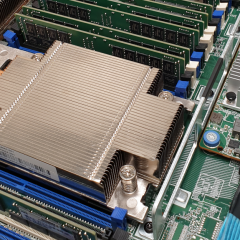Cisco Stacking 3750 Switches
KB ID 0001205 Problem You can stack Cisco 3750-X Switches in groups of up to 9 switches, and they can then be managed as one switch. Here I’ve got 2 switches. Solution Removing 3750-X Switches Stack Configuration One of my switches had already been in a stack, so I needed to remove its stack configuration. It thought it was switch 4 in the stack so I issued the following commands; Switch(config)# no switch 4 provision...
Windows – Getting Drivers for ‘Unknown Device’ or ‘Base System Device’
KB ID 0000699 Problem There’s nothing more annoying, you have just rebuilt your PC and you are missing some drivers. Everything appears to be working but there’s one (or more) devices in Device Manager with a yellow exclamation mark over them called ‘Unknown Device’ or ‘Base System Device”. Solution This solution is not a ‘Fix All’ for all situations, but it will point you in the right...
Update Global Address List Error “WARNING: The recipient “xxxxxMicrosoft Exchange System Objects/xxxxx” is invalid and couldn’t be updated
KB ID 0000516 Problem Seen when manually trying to update the Global Address List, with the following powershell command: Update-GlobalAddressList -identity ‘Default Global Address List’ Error: WARNING: The recipient “{your domain name}/Microsoft Exchange System Objects/{A Public Folder Name}” is invalid and couldn’t be updated. or Error: WARNING: The recipient “{your domain name}/Microsoft...


